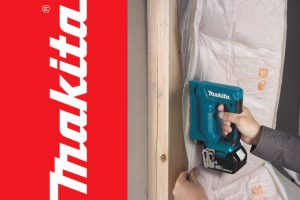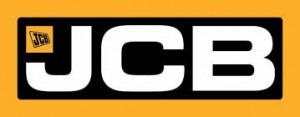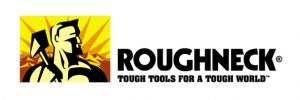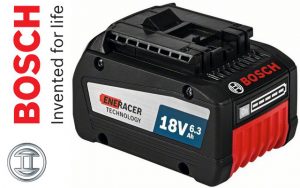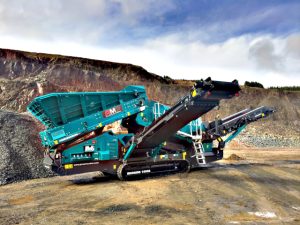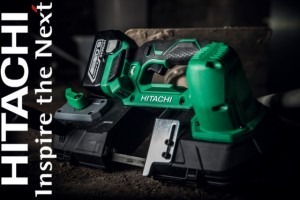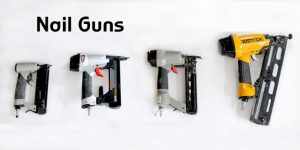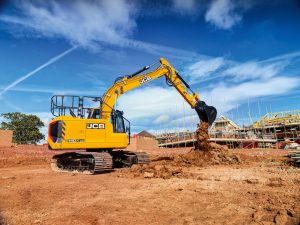Pneumatic tools have become increasingly vital in both the DIY market and professional workspace. They office comparative advantages due to their above-average power-to-weight ratio. Users working with smaller equipment can satisfactorily handle the same jobs normally carried out by bigger tools. Buyers can choose between general or industrial-grade pneumatic tools. The latter offers a lengthy life span compared to the general grade tools, which are affordable but not durable. Pneumatic equipment is generally cheaper, safer, and easy to maintain compared to electric power tools.
Types of Pneumatic tools
Pneumatic tools typically feature a firing pin or release valve in addition to a safety mechanism. Pulling the the trigger activates the pressurized air, opening the release valve.
Nail Guns
Pneumatic nail guns enable users to drive nails into different types of surfaces, without any effort. The equipment is fast replacing ordinary hammer as the nail fixing tools of choice for DIY users and professional tradesmen. Users must load the nails in batches into the holding chamber before pressing the trigger. Full head nail guns make use of plastic or wire collated coils, while some employ the clip head layout in the holding chamber. Coils offer frequent reloading benefits compared to clipped head nail.
Paint Sprayer
A pneumatic sprayer uses air to coat surfaces with paint. The tools comes with various types of nozzles for adjusting the spray quantity and shape. Compressed air atomizes the paint before it ejects and coats surfaces. The tool shares many similarities with airbrushes from which they inherited some of their basic features.
Impact Wrench
This type of equipment delivers above-average torque , allowing the user to work on any heavy-duty task with minimal effort. Impact wrenches have several alternative names, including torque gun, air wrench, windy gun, and impactor.Pneumatic impact wrenches benefit from the favourable power-to-weight ratio. They come in various sizes and styles, including inline and pistol grip wrenches.
Jackhammer
Also known as a pneumatic drill or demolition hammer, this tool works electromechanically by integrating the hammer and chisel action. Pneumatic jackhammers are generally hand-held, while mounted variants use hydraulics. Common applications for demolition hammers include rock and concrete tearing. The hammer systematically strikes up and down to break concrete or rocks. A spring aids in the mechanical recovery of the bit, and the user must apply some pressure to support the tool.
Pneumatic Angle Grinder
Angle grinders handle a variety of polishing, cutting, and grinding tasks involving different materials, ranging from steel to ceramics. Although the majority of grinders use electronic motors as a power source, some use compressed air. Depending on application, the replaceable disc also comes in assorted forms, including sanding discs, grinding stones, polishing pads, wire brush wheels, cutting discs, and abrasive grinding discs. They handle DIY jobs as well as professional work in construction, automotive, and other industries.
Selecting the Ideal Air Compressor
Compressors breathe life into all forms of pneumatic tools, without which an alternative power source would be required. Buyers’ choices depend on the type of tool the air compressor is supposed to operate. Pneumatic tools always specify minimum air volume and pressure applicable.
Unit of Measurement |
Consideration |
| Pounds per Square Inch (PSI) | Air pressure pumped by the compressor determines the volume of air available to the tool per duty cycle |
| Cubic Feet per Minute (CFM) | Higher CFM or volume of air delivered per minute allows handling of heavy-duty tasks |
| Horsepower (HP) | Horsepower is the equivalent of electrical current in electric powered tools
Higher HP translates to elevated air pressure capacity or PSI |
| Tank Size | Compressor tank size determines power and length of time it can deliver air to the tool per duty cycle |
The best way for buyers to make a good choice when selecting an ideal compressor is to apply the CRM formula. This method takes into account the pneumatic tool’s highest CFM and PSI requirements. Buyers should then add 50 percent to the resulting CRM as a cushion. In this case, a tool with a highest CFM of six and a highest PSI of 80 requires a CRM of nine at 80 psi. Air compressors come in three basic styles: twin-stack, pancake, and wheelbarrow. Twin-stack and pancake allow users to handle jobs requiring maximum portability, such as roofing. Wheelbarrow style compressors come with wheels; they are ideal for building and maintenance applications.
